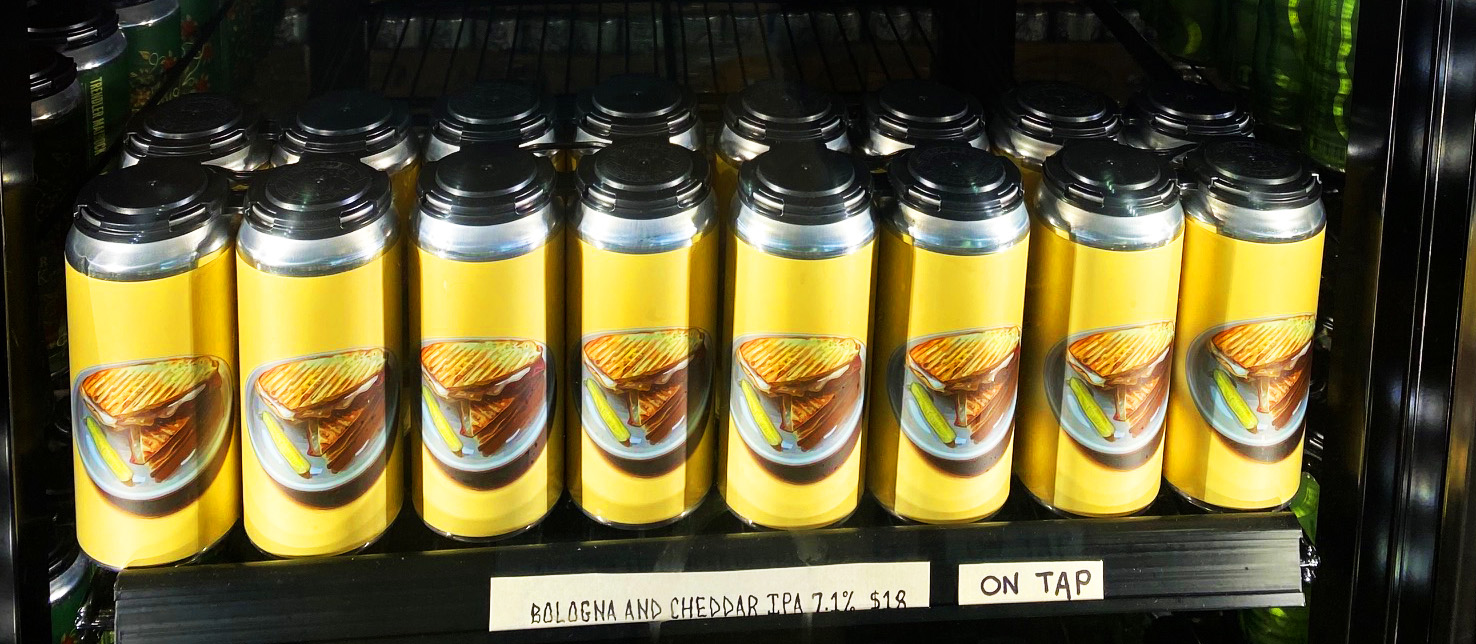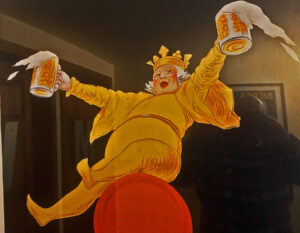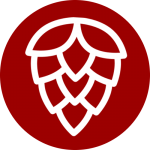There is no question that the lifestyle of America continues to change and that beer drinking habits have changed along with it. As I have outlined in an earlier posts, craft beer isn’t dead, but it’s certainly different.
One thing that is definitely changed is the way people choose to drink beer today. In the not too distant past when people went out to drink beer, they usually drank a few. Hence the old beer ad tag lines “The beer to have when you are having more than one”, and “Less filling, tastes great”.
Drinking some beers with friends (or new acquaintances at the bar) was a part of routine social activity – harkening back to the old Irish slang – The “Craic” (pronounced “crack” ). Craic is loosely defined as “a good time, a fun experience, or a friendly conversation…” usually accompanied by several lower alcohol beers over an hour or more. Guiness is the more frequently referenced example. This type of socializing sometimes includes folk music – and is sometimes also called a “session”.
In the US, in the old macro beer world, you could drink a number of the lower alcohol Schmidts, Schlitz and now even Bud, Miller Lights – and hold a conversation and share thoughts with your fellow imbibers. I must say I have whiled away many hours just that way, in bars and later in breweries and taprooms across the country. 
But, this type of behavior is more than “drying up” – it’s almost extinct in 2024. There are a number of reasons that have converged in the 2020’s to create the “one and done” beer experience we see today. What follows are my thoughts as to why this is (in no particular order):
- More easily accessible drinking alternatives to beer – Sure, there have always been drinking alternatives at the bar to beer, but for a long time they were not easy to find and sometimes even out of date products (outside of wine and spirits). Try finding an alcoholic cider in 1985, and maybe they can fish something out of the back. Alcoholic seltzer? No such animal. “M-alternatives” like hard iced tea and spiked fruit juices, “ready to drink” mixed drinks? Not likely. N/A beers? Maybe an old “Buckler” aging in the cooler. So, now with so many options, why have the same type of drink three times in a row?
- Lots of beer that doesn’t taste like beer. In the last 5 – 10 years we have seen waves of “beers” that taste like something other than beer. While it started with basic fruited beers (black cherry stout anyone?) and sour beers, this trend has been taken to extreme with lactose laden milkshake beers flavored like lychee and coconut, cookie like pastry stouts and blueberry pancake IPA’s. Drinking one of them (or half of one of them) can be fun, but would you really drink three in a row? I don’t think so. And, if you are drinking a beer that tastes like a pina colada, it’s just not much of a stretch to just have an actual pina colada next
- Many people today view drinking multiple drinks as “unhealthy”. And drinking beer is certainly less healthy than doing bicep curls, or drinking water or even N/A beer. But that wasn’t the point, as to drink a few moderately alcoholic beers was a lubricant to social interaction, and the sharing of differences of opinion. But in today’s world, sometimes fueled by “energy drinks” or “double expresso shots” social discourse if often filled with anger and put downs – with entire topics reduced to you against me. Many younger aged drinkers are watching their alcohol intake – preferring nothing, or maybe THC in some form. (If you are really looking for a totally healthy drinking experience, I am sure the local health club has smoothies.)
- High ABV (Alcohol by volume) beers in large format packages. In 2023 the fastest growing craft beer segment was grab and go at the convenience store – where in most states you can buy a 19 ounce can 9% alcohol beer. (In some areas of the country this is also the preferred format of beer at sporting events). These brews are often fruit flavored or “juicy” beers that mask the burn of the alcohol but can be as much as double the alcohol of the standard lager. (New Belgium “Juice Bomb IPA” comes to mind). Well, have three of those and meaningful conversation is probably irrelevant, if you can remember who you are talking with to begin with.
- Higher Cost – You don’t need me to remind you that the cost of everything has gone up – and that includes beer in 2024. Craft beer in particularly has seen significant price jumps. Go to a local bistro and order a craft beer and you are likely to pay $8 or more for a draft. Three of those sets you back $24 – maybe $30 with tip. That can be hard for some to swallow. Even the macro lagers costs are up, so it’s just not as easy to throw a twenty on the bar and see it last a hour or more. It can be a bit of an investment, and many beer drinkers expect something strong tasting for that cash, not a “session” beer
7. The diminishing interest in draft beer and going out to drink in general. One of the lifestyle changes that resulted from the COVID lockdowns is that people are drinking beer out of their home less, and taking out beer (and food) more. Draft beer volume has never rebounded from the pandemic, though total beer volumes sold are close to being back where they were in 2019. Most agree that drinking beer at home while watching sports on TV or a happy hour on the deck is definitely a happening and fun to do. That said, it’s simply not the same as making a point of “going out” and hanging with friends and making new acquaintances. Many feel that it’s more compelling today to stay in and play games, watch and share TikTok’s and text each other at home while enjoying your beer.
When I attended the Craft Brewers Conference a couple of years ago in Minneapolis, a featured speaker was a brewer from the Urquel Brewery – located in the city of Pils in the Czech Republic. He proudly explained that the recipe for Pilsner Urquel (literally the “original pilsner beer”) used local hop additions to at once satisfy your palate, but also leave you desiring one more – leaving you with a little thirst for your next pilsner. I am sure he’d be appalled at the juice bombs and puckeringly sour beers that are popular today. In the US he might appreciate the small session-beer craft segment, or even the “throw-back lager” beers that you can now find in taprooms here and there. But the raspberry smoothie beers just aren’t designed to make you want another one.
So for now, for many, if not most beer drinkers, when out at a bar or tap room they often prefer “A beer to have, when you are having less than two”.








